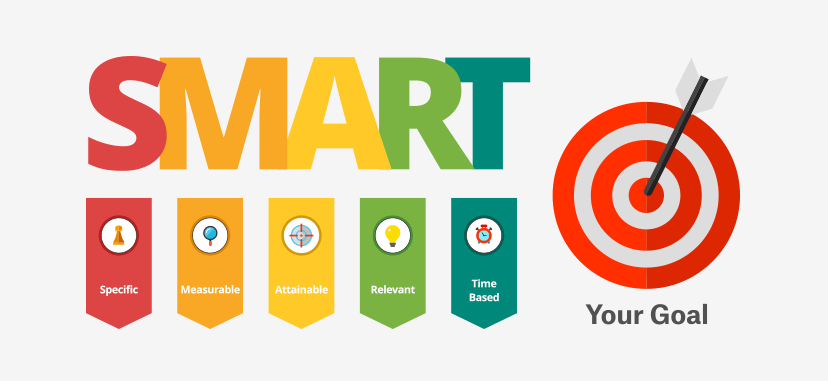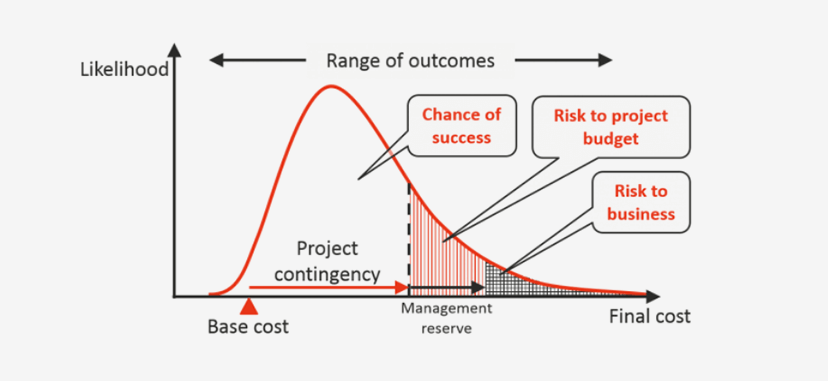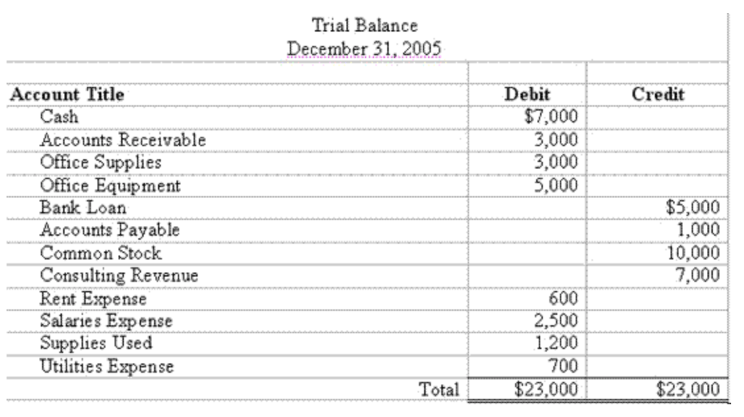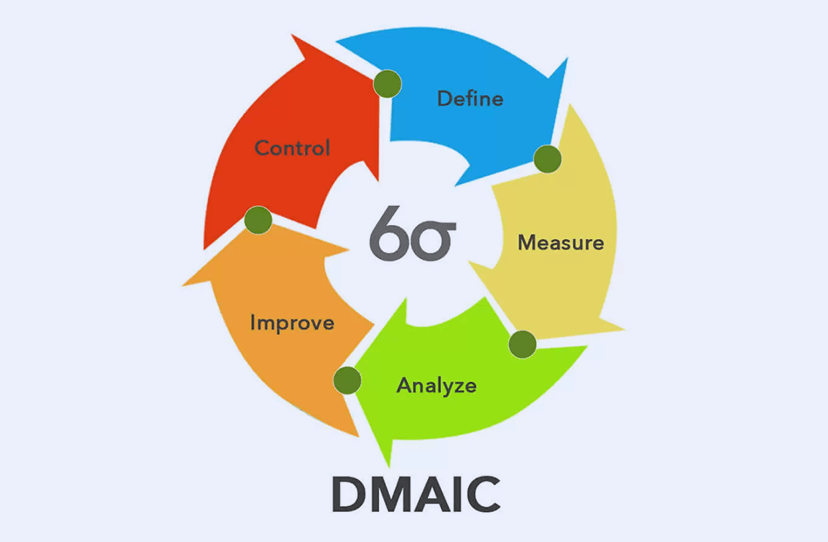As a PM, you’re tasked with getting the job done on time and within budget. So, how do you assess whether things are on the right track? One of the most popular approaches is to calculate BCWP. In this article, we’ll explain what that is, why BCWP is important, and how you can calculate BCWP to track project progress.

What Is BCWP in Project Management?
BCWP stands for budgeted cost of work performed. Also known as Earned Value (EV), BCWP determines how much of the project budget should have been spent based on the amount of work that’s been done to date. This helps project managers determine whether a project is running over or under budget.
While BCWP can be calculated while a project’s in progress or once it’s complete, it offers project managers the most value when the calculation is done periodically during the project. Then if the project is running over budget, the project manager can proactively take corrective measures to cut costs so the project still remains within budget.

Key Metrics in Earned Value Management
Earned value management is a PM methodology that’s used to measure project progress against a baseline plan. To do this, it relies on the following key metrics:
- Planned Value (PV) – Also referred to as budgeted cost of work scheduled (BCWS), planned value is the amount you budgeted for work scheduled up to a certain date.
- Earned Value (EV) – Earned value or BCWP is the amount you should have spent based on the percentage of work that’s already been performed. So, if you completed 25% of the work in a $100,000 project, the BCWP would be $25,000.
- Actual Cost – This is the cost of the work that’s been completed to date. It’s also known as actual cost of work performed or ACWP.
- Cost Variance – Cost variance is calculated by subtracting the work’s actual cost from the budgeted cost of work performed (BCWP). This calculation is used to determine how much a project is over or under budget.
- Cost Performance Index – This metric expresses cost variance as a percentage. To get this calculation, you simply divide the budgeted cost of work performed (BCWP) by the actual cost of work performed (ACWP).
- Schedule Variance – Schedule variance indicates whether a project is behind or ahead of schedule. It’s calculated by subtracting budgeted cost of work scheduled (BCWS) from budgeted cost of work performed (BCWP).
- Schedule Variance Index – This metric is used to express schedule variance as a percentage. To calculate it, you simply divide budgeted cost of work performed (BCWP) by budgeted cost of work scheduled (BCWS).

An Example of BCWP and Earned Value Metrics
To better understand how these metrics help PMs evaluate project performance, let’s take a look at an example.
Say, for instance, you have a project that’s scheduled to be completed in 6 months at a cost of $100,000. In your project management plan, you’ve determined that the amount of money you’ll spend and the amount of work your team will get done is consistent, month after month.
At this point, it’s the 3-month mark, and 40% of the work has been completed.
- You’re at the halfway point of the project, and you budgeted $50,000 for work up to this date. So, $50,000 is the budgeted cost of work scheduled (BCWS).
BCWS = % Complete (Planned) x Task Budget
- However, the team’s only completed 40% of the project, so the budgeted cost of the work performed is $40,000.
BCWP = % Complete (Actual) x Task Budget
- Let’s say that your costs for the work performed by the halfway point are only $35,000. This figure would be the actual cost, also known as the actual cost of work performed (ACWP).
- You’ve completed $40,000 worth of work, but it only cost you $35,000, so your cost variance is $5,000.
Cost Variance = BCWP – ACWP
- Your cost performance index is 1.14, meaning that you’ve used 14% less of your budget than expected. When the CPI is below 1, the project has exceeded its budget.
Cost Performance Index = BCWP ÷ ACWP
- You budgeted $50,000 for the project up to this point but your team only performed the equivalent of $40,000 worth of work. Your schedule variance is $-10,000. This is a negative number, which means your project’s behind schedule.
Schedule Variance = BCWP – BCWS
- You planned to have 50% of the project completed by now, but in reality, only 40% is finished, so your schedule variance index is .8, meaning your team’s only completed 80% of the work it should have finished by this point.
Schedule Variance Index = BCWP ÷ BCWS
-
One final helpful formula is Estimate at Completion (EAC). EAC lets you determine the expected total cost of your project based on the most recent figures. To obtain it, you’d simply divide your entire project budget by the CPI.
So, in this case, we’d divide $100,000 by 1.14, which would give us $87,719. So, at this rate, our project is expected to come in $12,281 under budget.
If, however, you’d calculated the project to come in over budget, you’d want to determine which steps you could take to make up the budget shortfall.
Estimate at Completion = Project Budget ÷ CPI

What are the Benefits of BCWP and Earned Value Management?
There are several reasons project managers rely on earned value management, such as:
- Earned value management makes it easier to track project progress. One benefit of earned value management is that it allows PMs to track the success of a project while it’s going on — so project managers aren’t forced to wait until the end of a project or to rely on field data. Because PMs have a baseline for each phase of the project, they can evaluate how well the project is doing while it’s in progress.
-
Earned value management helps PMs create better estimates. A time-phased budget pinpoints how much money the PM expects to spend during each phase of the project. This is the baseline the PM will compare actual costs against.
By making this comparison, a PM can see which phases of the project met budget expectations and which didn’t. This data makes it easier for PMs to plan better for future projects by creating more accurate estimates.
-
Earned value management improves cost control. Because BCWP and other earned value metrics use budgeting benchmarks for each phase of the project, project managers can track project costs on an ongoing basis, rather than waiting to perform that analysis once the project concludes.
Because PMs are closely tracking costs, they can quickly spot budget overruns and pivot accordingly, for instance, by cutting inessential work. As a result, earned value management makes it easier to keep project costs under control.

What are the Limitations of BCWP and Earned Value Management?
- The baseline budget may be inaccurate. Earned value management measures project progress against the project baseline. If the baseline budget is wildly inaccurate to begin with, earned value management doesn’t offer PMs a whole lot of value.
- Earned value management provides a limited perspective. Although earned value management is useful for determining how well a project is meeting its budgeting and scheduling goals, it doesn’t tell the whole story. For example, should deviations from the baseline occur, EVM doesn’t explain why they happened — which means the PM will need to do further digging.
- For the biggest benefits, earned value management needs to be performed consistently. Earned value management tracks project progress against a baseline, so PMs can take corrective measures should the project deviate from that baseline. However, if a PM doesn’t perform calculations often enough, the project may be too far off course for them to take any meaningful corrective measures.
-
Earned value management calculations don’t tell you anything about the quality of a project.
It’s great when a project is finished on-time and under budget. However, those aren’t the only criteria that projects are judged on. Stakeholders also expect their projects to meet certain quality standards.For example, a project could meet all of its budgeting and scheduling goals according to earned value management calculations, yet the work be performed in such a haphazard manner as to make those calculations meaningless.
In Conclusion
BCWP and Earned Value Management can be very helpful tools for project managers. However, PMs should bear in mind that these calculations only reveal part of the picture. So, like any other PM metric, project managers should evaluate these numbers in their full context. By doing so, not only can PMs mitigate some of the limitations of EVM, but they’ll also be able to make the most accurate assessment of project performance.























































